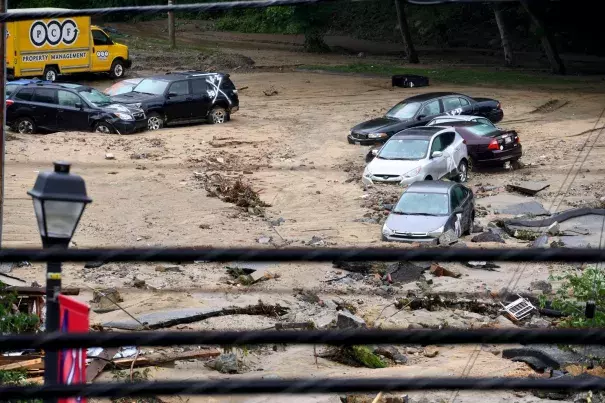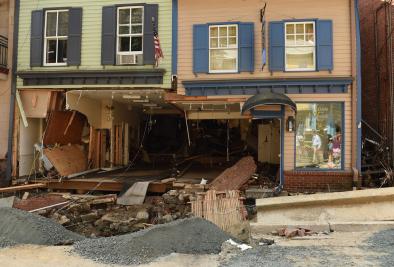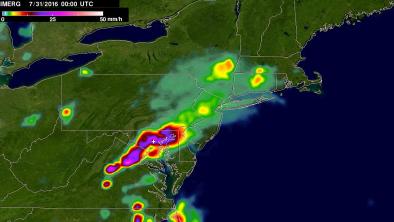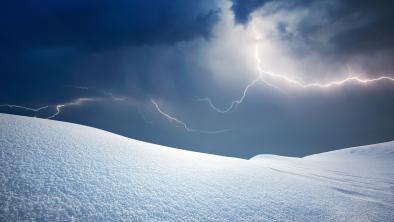The concept of a thousand-year rainstorm is legitimate but limited. Here’s what you should understand about it.

For the second time in two years, Ellicott City drowned in a “thousand-year” rainstorm Sunday. The concept of a thousand-year rain event, while intended to place the rarity of an extreme event into perspective, is controversial.
...
"From a practical standpoint, the concept can be misleading without a proper understanding of how such a number is derived," said Halverson, who is also a professor of meteorology at the University of Maryland Baltimore County.
A 1,000-year rain event, as its name implies, is exceptionally rare. It signifies just a 0.1 percent chance of such an event happening in any given year. “Or, a better way to think about it is that 99.9 percent of the time, such an event will never happen,” explained Shane Hubbard, a meteorological researcher at University of Wisconsin’s Space Science and Engineering Center.
But people often fail to appreciate that when scientists declare that a storm is a 1,000-year, 500-year or 100-year event, it does not mean this extreme rainfall will necessarily happen that infrequently. These return intervals just express probabilities, which lead some to underestimate the risks they signify.
“The fact is, the math behind these numbers also tell us a 500-year event at a given place has about a 10 percent chance of happening over a 50-year period,” wrote Brian Bledsoe, a professor of civil and environmental engineering at the University of Georgia in a commentary for the Capital Weather Gang.
He added: “[M]ost people are still surprised, if not astonished, to learn that the 100-year flood at a given location has more than a 1 in 4 chance of occurring within the term of a 30-year mortgage. For most of us, this 26 percent chance our home will be flooded before we have a chance to pay it off is troubling if not unacceptable.”
...
Furthermore, the climate is changing, and precipitation events have become more intense in recent decades, so what constitutes different return frequencies (100-year, 500-year, 1,000-year and so forth) is probably changing.
Climate change studies have found that what’s considered a 500-year rainstorm today may become much more frequent in coming decades.
An additional complication is that a 1,000-year rainstorm is not the same thing as a 1,000-year flood, and the two are sometimes used interchangeably. Whereas the rarity of a rain event can be objectively analyzed based on how much water falls from the sky, the frequency of flood events can be a moving target because of land-use decisions that make a particular location more or less vulnerable.
Related Content





